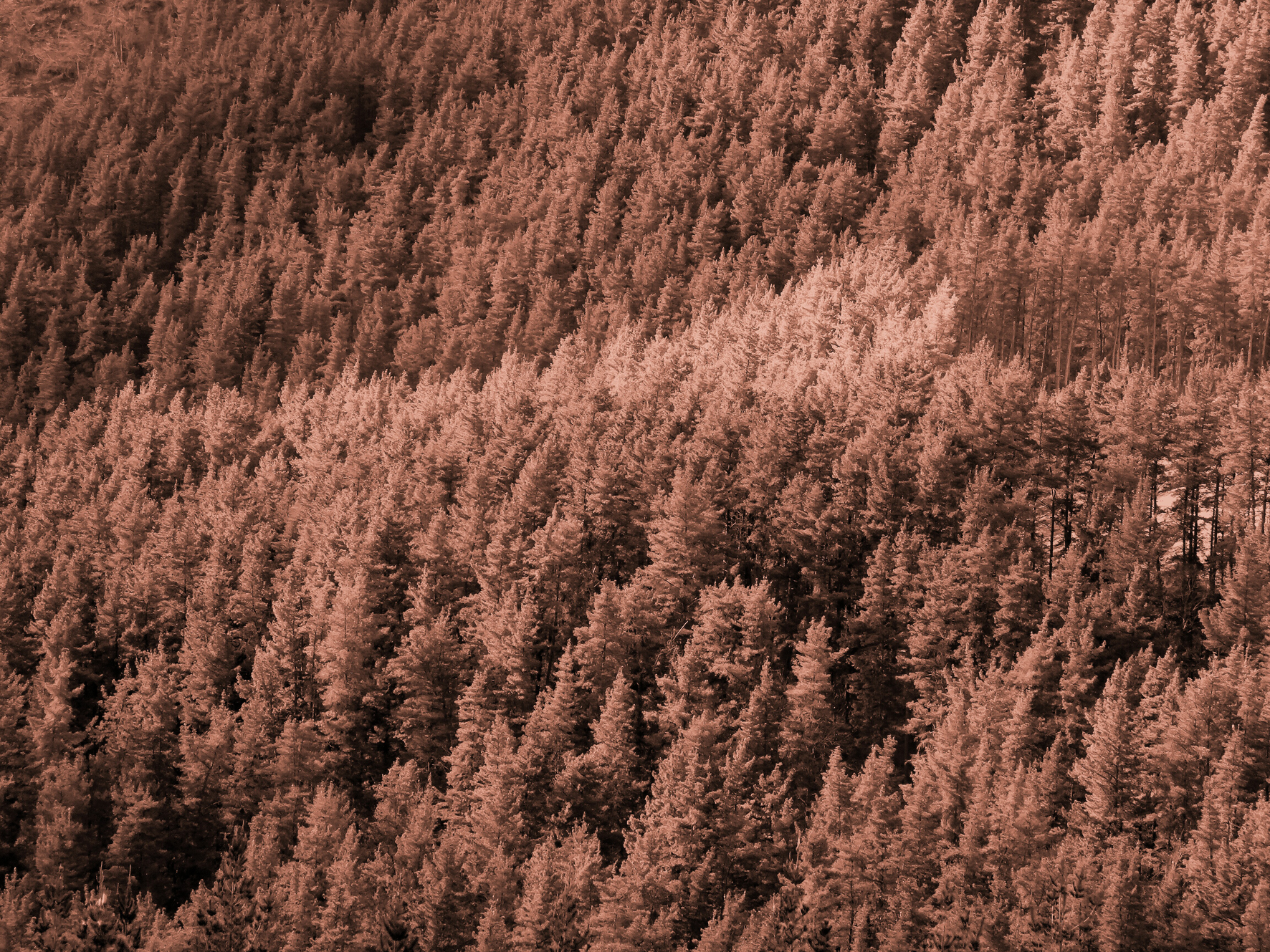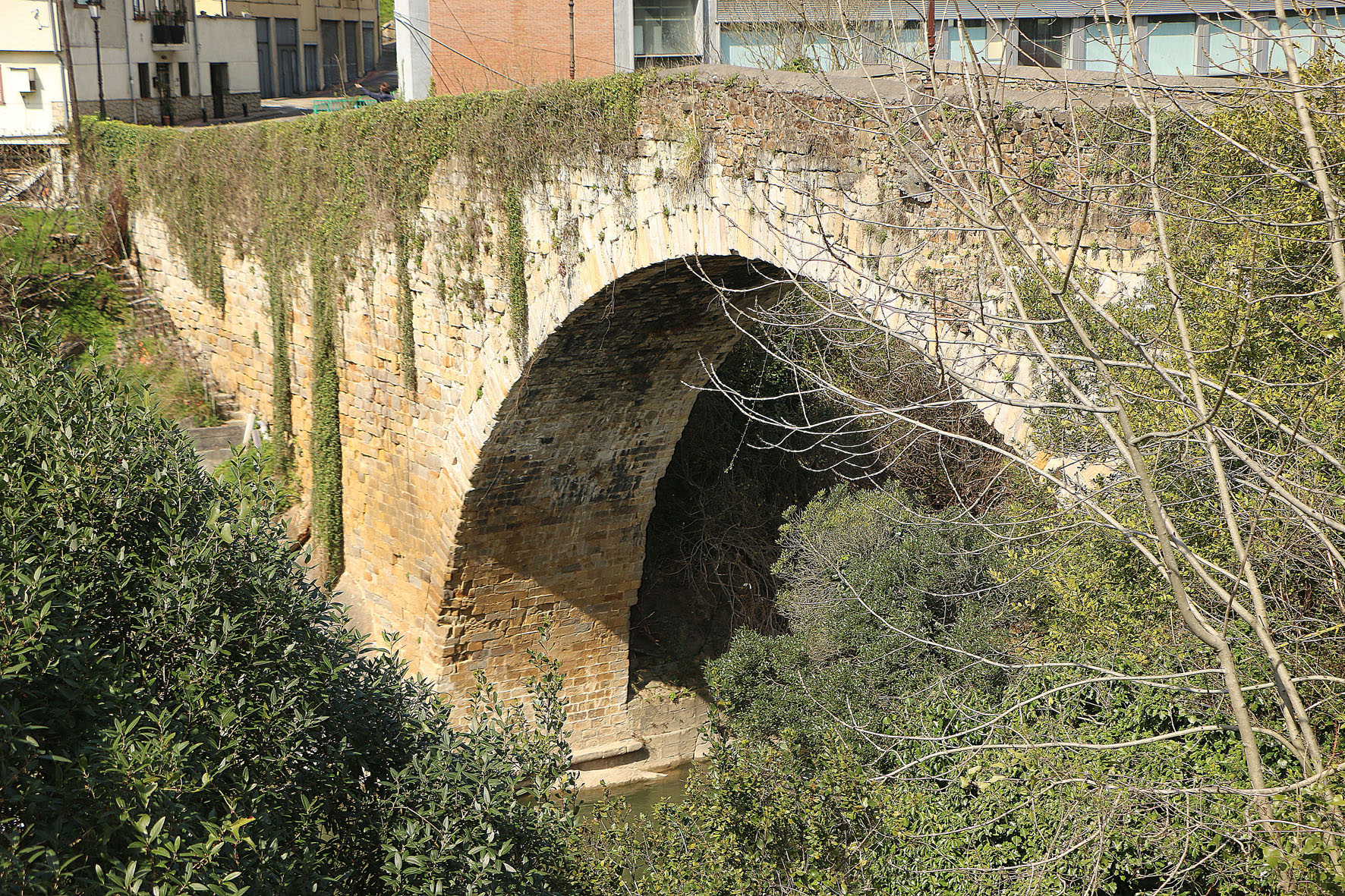Basque ethnography at a glance

Infected pine forest. Sergio Fernández.
Over the 20th century a dramatic transformation of the landscape took place in Bizkaia and Gipuzkoa. Our mountains were gradually covered by vast forests of insignis or radiata pine (Pinus radiata), a species native to the west coast of North America. The complex reasons for such a radical transformation are associated to large-scale privatization of the commons, a purely economic vision, and above all, the abandonment of agricultural and farm activities. As the rural world lost its traditional function, pine farming took on a dominant role; furthermore, it generated plentiful benefits, not in vain foresters proudly called it their ‘green gold’. (more…)

Halo around the Moon. José Ignacio García. Labayru Fundazioa Photographic Archive.
Legend has it that on her way down from the mountain, a woman set fire to a load of gorse and became the Moon.
The lunar phases and their impact on terrestrial life cycles have long been considered a prominent factor for sowing, planting and harvesting. As it happens, tides are mainly caused by the pull of the Moon on Earth. (more…)
![Image taken from Bidegileak [Forerunners], 4.](https://www.labayru.eus/wp-content/uploads/2019/03/bidegileak-portada-bizentamogel-b.jpg)
Bidegileak [Forerunners], 4. Euskal Biblioteka. Labayru Fundazioa.
Vicenta Antonia Moguel (1782–1854) is the first known woman to write in Basque. She was the youngest sister of Juan José Moguel (1781–1782), also a writer. A number of circumstances are essential for a person to become a writer, among others, writing skills, enjoyment of writing, creative talent, and intelligence. In the case of Vicenta Moguel, family circumstances, specifically her father’s early death, prompted her uncle, the famed writer Juan Antonio Moguel (1745–1805), to take care of the education of his niece and nephew. (more…)


